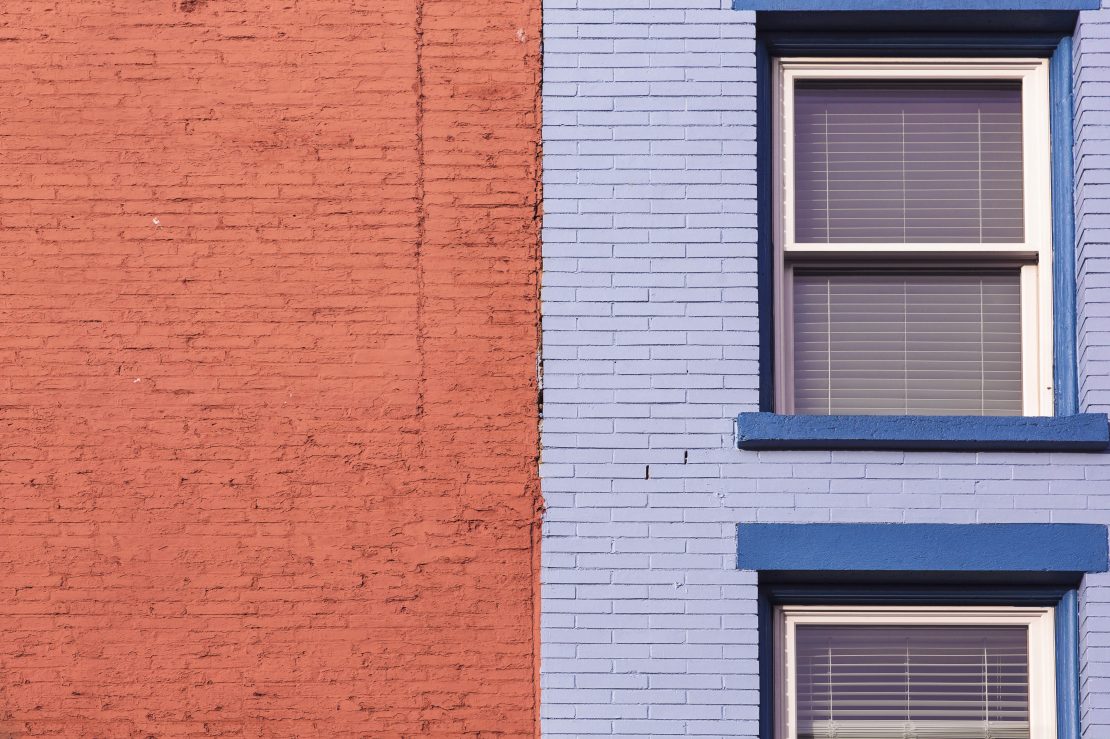Build a house and butt out litter
RMIT researchers may have found a way to solve a global littering problem while helping brick makers cut production costs.
A team led by Dr Abbas Mohajerani has demonstrated that fired-clay bricks made with just 1% of cigarette butt content can in fact cut brick production costs and reduce energy consumption by up to 58%.
“I have been dreaming for many years about finding sustainable and practical methods for solving the problem of cigarette butt pollution,” Mohajerani said.
“About six trillion cigarettes are produced every year, leading to 1.2 million tonnes of cigarette butt waste. These figures are expected to increase by more than 50% by 2025, mainly due to an increase in world population.
“In Australia alone, people smoke about 25 to 30 billion filtered cigarettes a year and of these, about seven billion are littered. This research shows that if just 2.5% of the world’s annual brick production incorporated 1% cigarette butts, we could completely offset annual worldwide cigarette production.”
Additionally, the research found that fired-clay bricks incorporated with cigarette butts were lighter and had better insulation properties.
During firing, heavy metals and other pollutants in the cigarette butts were trapped and immobilised in the bricks, reducing problems caused by leaching.
Importantly, the team said bricks incorporated with 1% cigarette butts maintained properties “very similar” to those of normal bricks.
“Incorporating butts into bricks can effectively solve a global litter problem as recycled cigarette butts can be placed in bricks without any fear of leaching or contamination,” Mohajerani said.
“They are also cheaper to produce in terms of energy requirements, and as more butts are incorporated, the energy cost decreases further.”
This article was first published on Business Environment Network.
-
Subscribe to NSW's biggest platform for waste, recycling and resource recovery
- Subscribe

